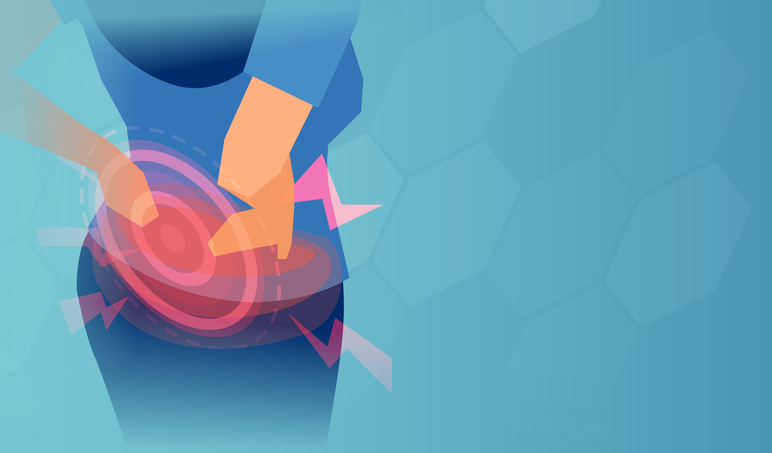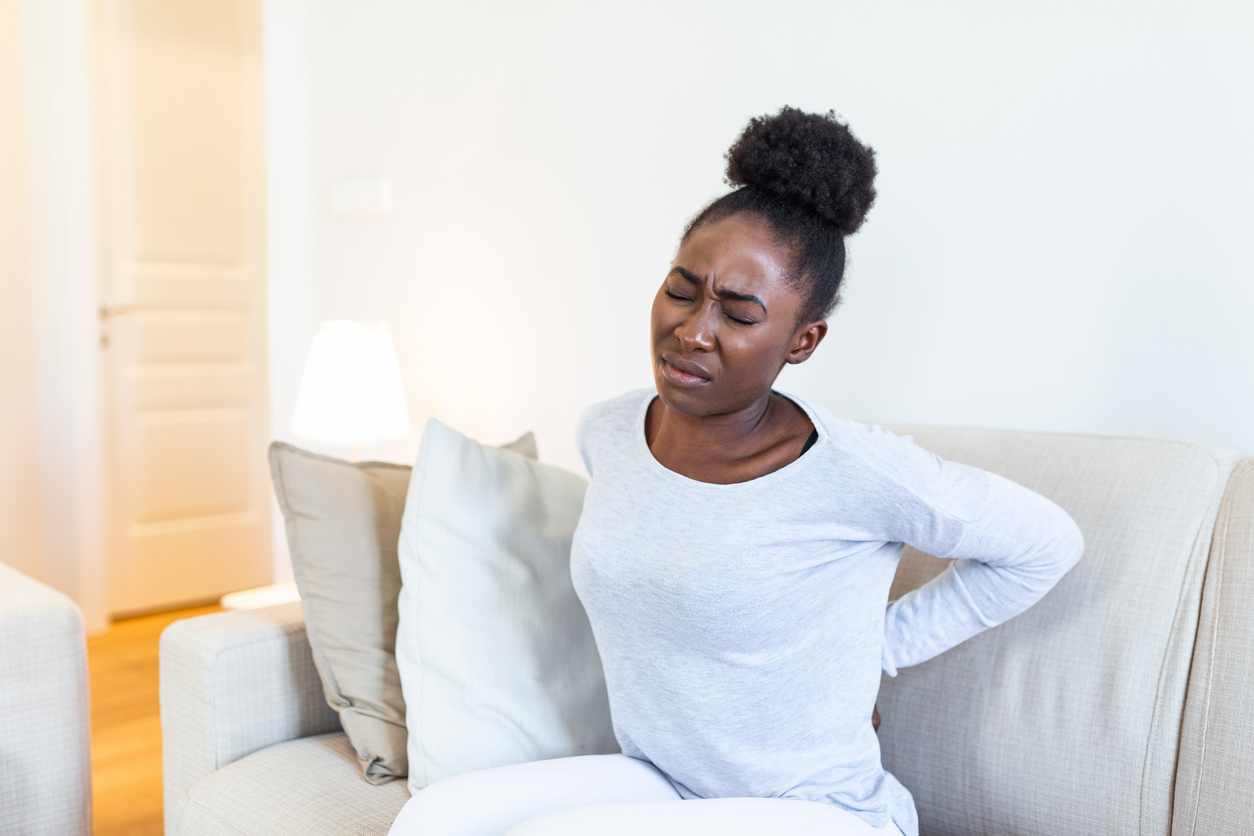So, your lower back is really hurting. Maybe it’s just started, or perhaps you’ve had the pain for a while and it’s getting worse. Either way, you’re not on your own.
About 8 in 10 people will have lower back pain at some point in their lives, with many people getting it more than once. Most of the time, it doesn’t mean there’s anything seriously wrong with your back, or that you have a specific disease.
But if your lower back is really painful, you might be worried. Read on to learn how to work out how bad your pain is, what might be causing it, and what you can do – including when to see a doctor.
Is my lower back pain severe?
As there are no tests that can show how much pain you’re in, it can be hard for a doctor to tell how bad it is. Some doctors may ask you to use a scale from 0-5, like the one below – where 0 means no pain at all and 5 means the worst pain you can think of.
If you think your lower back pain is at a level 3, 4 or 5, it qualifies as really bad (severe) pain:
0 = No pain
1 = You can tolerate the pain and the pain doesn’t stop you from doing anything
2 = You can tolerate the pain and the pain stops you from doing certain activities
3 = You cannot tolerate the pain but you can still do things such as use your phone or watch TV
4 = You cannot tolerate the pain and the pain is so bad that you can’t even use your phone or watch TV
5 = You cannot tolerate the pain and the pain is so bad that you can’t even speak

Why am I getting really bad lower back pain?
There are lots of reasons why people get back pain, and this is true for pain in the lower back, too. But a lot of the time, there’s no obvious cause. This is called ‘non-specific back pain’, and it usually gets better on its own.
However, if your back pain is not tolerable (a 3 or more on the scale above), it might be causing you to worry, and to wonder if it’s something serious.
Here are some of the common causes of severe lower back pain:
-
injury – your pain may have been caused by a routine activity, such as lifting, exercising or moving in an unexpected way. Or it may have been caused by a fall or car accident – your doctor may want to do some tests if this is the case
-
osteoarthritis – this is a type of arthritis where the tissue that sits at the ends of bones in your joints (called cartilage) wears away and, in some cases, bony lumps called bone spurs grow. It can happen due to wear and tear after years of use of one joint or group of joints, and can cause stiffness as well as pain
-
problems with your spine – lower back pain can sometimes be caused by injury to or disease of the muscles, bones or nerves of the spine. If your doctor thinks this could be the cause, they may want you to have an MRI scan
However, some things that can cause lower back pain don’t actually come from the spine. These include:
-
fibromyalgia – this is a cause of long-term pain and can affect many parts of the body, including the lower back. As well as causing pain in muscles and other soft tissues, it can make you feel extremely tired
-
pregnancy – lower back pain often occurs if you’re pregnant, especially in the later stages, when the extra weight around your tummy can put a strain on the lower back. The ligaments in your pelvis will also stretch to prepare for pushing out your baby, which can cause back pain
-
infections – an infection in an organ, such as the kidneys or bladder, can cause lower back pain, but you’ll usually have other symptoms, too

When should I see a doctor about lower back pain?
Occasionally, severe lower back pain can be a sign of something serious. If you have any of these warning signs, you should see a doctor right away:
- a history of or other symptoms of cancer
- you’re taking drugs or medicines that can affect the immune system
- problems going to the toilet (you can’t pee when you want to)
- peeing or pooing before you get to the toilet (urinary incontinence or bowel incontinence)
- your poo is black or bloody
- blood in your pee
- a temperature of 38°C or above (fever)
- you’re losing weight for no reason
- pain that doesn’t improve after resting or worsens at night
- pain in your chest or tummy
- you’re being sick, or have severe tummy cramps that may be just on one side
- numbness, weakness or tingling in your legs or around your genitals and buttocks
- the pain started after a serious accident
- problems sleeping because the pain is so bad
- pain that feels worse when you cough, sneeze or poo
- pain that is coming from the top of your back, between your shoulders, rather than your lower back
- a swelling or a deformity in your back
If your lower back pain is not severe (1 or 2 on the scale) and you don’t have any of the above, you probably don’t need to see a doctor. However, you should make an appointment if you still have pain after six weeks.
What can I do to help with lower back pain?
Once you’ve checked that there’s nothing seriously wrong, there are things you can do at home that could help with lower back pain. Back exercises can make your back stronger, and help recovery. Have a look at these suggestions to help you manage your back pain.

Key points
- severe lower back pain can be worrying, but in many cases it may not be serious
- you can use a scale of 0-5 to help you work out how bad your lower back pain is
- there are many possible causes of lower back pain, and not all of them are connected to the spine
- you should see a doctor if you have other warning signs
- there are things you can do at home to help with lower back pain






